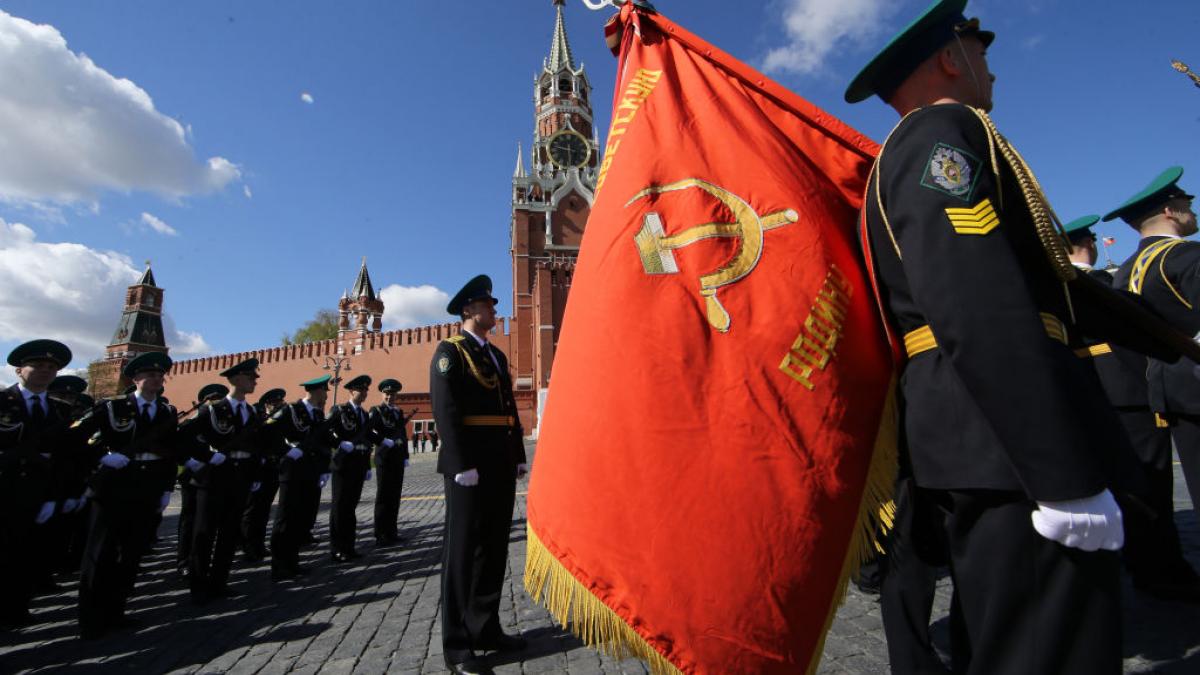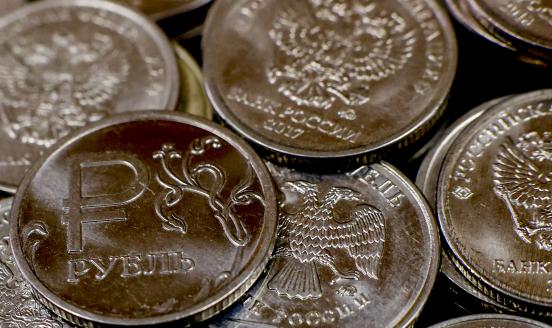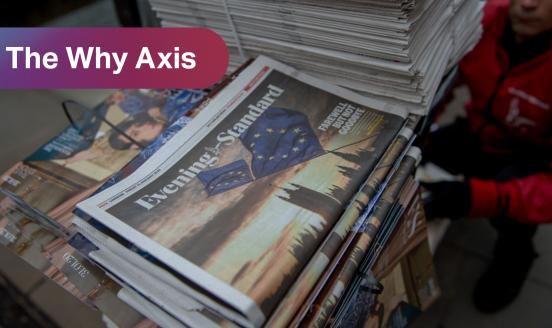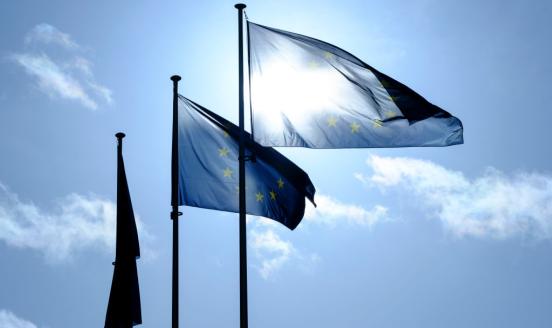Putin’s Russia is a minnow compared to the Cold War Soviet Bloc
For the time being at least, based on the non-military metrics considered here, Moscow’s global heft is a shadow of its former Soviet self.

It has become commonplace to analyse Russia’s invasion of Ukraine, and its antagonism with the United States and its pro-Ukraine peers, through the prism of the Cold War. This framing makes sense, but it is important to keep in mind that today’s bloc centred on Russia, even including Belarus and Syria, is much smaller than the Soviet Bloc used to be.
The following charts are based, for the late Cold War era, on membership of the Council for Mutual Economic Assistance (Comecon) and Non-Aligned Movement, and for the present moment, on United Nations General Assembly (UNGA) votes on the war in Ukraine (see methodology note below). At the end of the Cold War, the Soviet Bloc represented 9% of the world’s population and 10.5% of its economy, measured at purchasing-power parity (PPP). The equivalent numbers for Russia and its allies (the ‘Putin Bloc’) in 2020 are 2.5% and 3.5%. If measured at market exchange rate, even before accounting for the ruble’s recent depreciation, the Putin Bloc’s share of GDP is even lower: 1.8% versus 6% for the Soviet Bloc at the end of the Cold War. The Putin Bloc’s population is about 60% lower, at 197 million, compared to 483 million in 1990 for the Soviet Bloc. This is the combined result of reduced geographical scope, and of the remaining group’s declining demographics and poor economic performance.
In these charts, China is counted in the Soviet-unfriendly group at the end of the Cold War (even though the China-Russia relationship was at an early stage of revival with Mikhail Gorbachev’s visit to Beijing in 1989, and the Tiananmen crackdown had temporarily cooled the China-US relationship). In 2020, China is counted among the fence-sitters, based on its UN voting behaviour. That could change of course, with opinions varying on that critical matter. But for the time being at least, based on the non-military metrics considered here, Moscow’s global heft is a shadow of its former Soviet self.
Note on methodology and data: GDP is computed at purchasing power parity, as estimated by the World Bank. End of the Cold War data is for 1990. The Soviet Bloc at that date is defined as the member countries of the Council for Mutual Economic Assistance (Comecon). For the present, the Putin Bloc is defined as the five countries that voted against the latest UNGA resolution asking Russia to immediately cease hostilities in Ukraine, adopted on 24 March 2022. ‘Fence-sitters’ at the end of the Cold War are the countries that attended the summit of the Non-Aligned Movement held in Belgrade in September 1989 (minus Cuba and Vietnam, since these were also in the Comecon). For the present, it is the countries that either abstained from or did not vote on the 24 March UNGA resolution. The ‘Soviet-unfriendly’ and ‘Putin-unfriendly’ groups refer to countries that do not belong to the previous two groups. For the present, that means all countries that voted in favour of the 24 March UNGA resolution. Non-UN-represented dependencies are included with the sovereign jurisdiction on which they depend, eg Hong Kong with the United Kingdom at the end of the Cold War and with China now. Countries that have become independent since 1990 are disaggregated for the present, but counted with their predecessor at the end of the Cold War, eg South Sudan. Germany is divided schematically at the end of the Cold War: one-fourth of the German population and GDP are attributed to the German Democratic Republic, and the rest to the Federal Republic. World Bank GDP data has gaps, including not providing data for Taiwan, but these are too small to significantly alter the aggregates presented.
Recommended citation:
Véron, N. (2022) ‘Putin’s Russia is a minnow compared to the Cold War Soviet Bloc’, Bruegel Blog, 8 April



